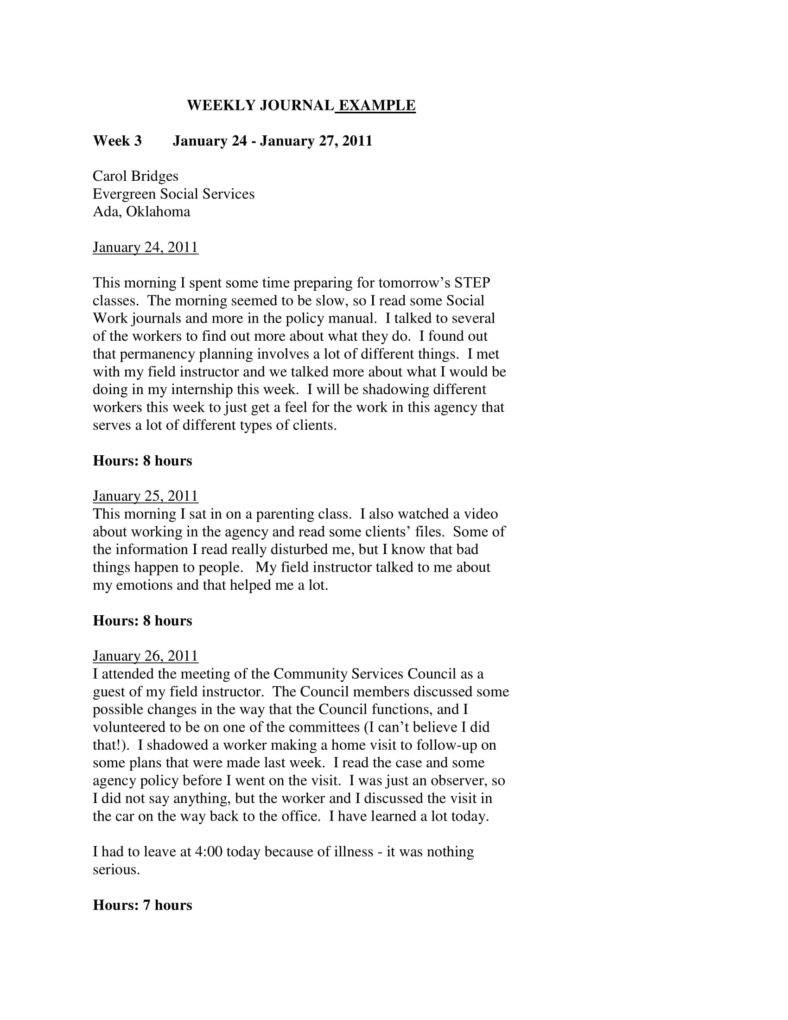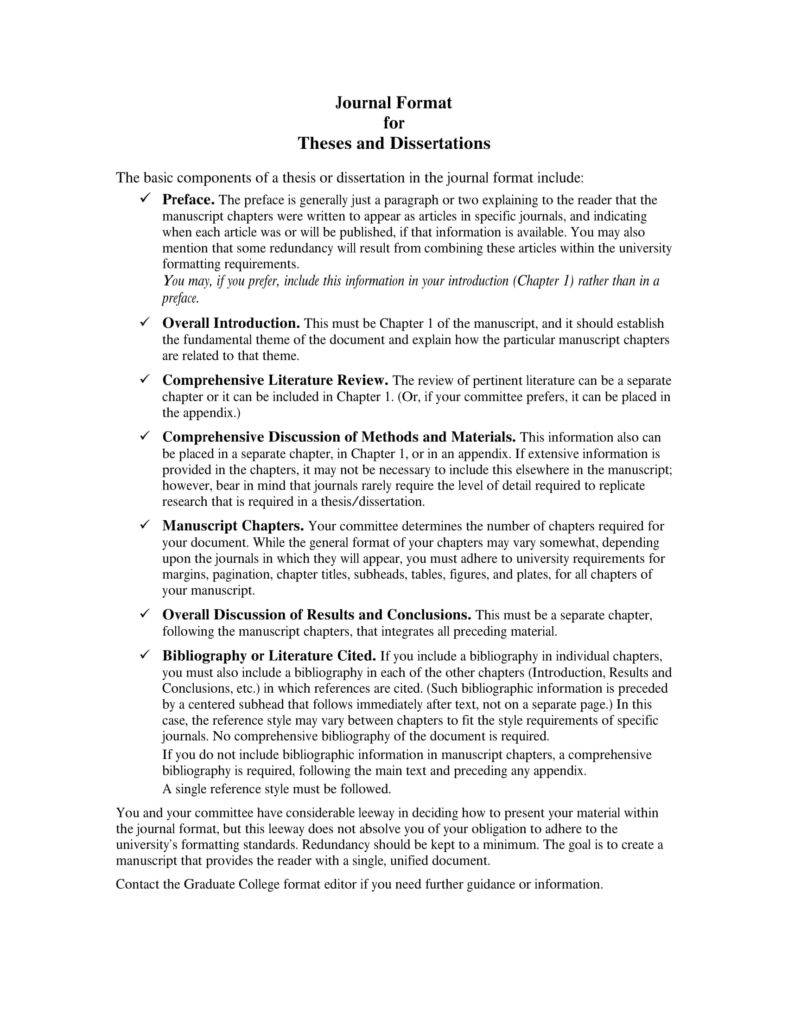Perfect Tips About How To Write A Journal Entry

The book can be simple or ornate.
How to write a journal entry. To make a journal entry, you enter details of a transaction into your company’s books. There are two spaces to consider when writing a journal. In the second step of the accounting cycle, your journal entries get put into the general ledger.
Opening your journal entry 1. First, you have to consider where you are going to sit when writing a journal and the second is where you should be writing your journal entries. Read your assignment sheet if you’re keeping a journal for school.
Including the date helps you keep track of when you wrote an entry. Go to accounting > journal entry. What is a journal entry?
Even though the format may vary, every journal entry example will have a statement about debits and credits and the kind of transaction that occurred. A journal entry is simply a summary of the debits and credits of the transaction entry to the journal. Write the date at the top of your entry.
Download the free template enter your name and email in the form below and download the free template now! How do you do journal entries in accounting: Choose between a lined or an unlined notebook.
Review the assignment sheet at least twice to make. Include the location and time to. Today, however, a variety of additional digital options are also available.
Here, you’ll be able to view, create, and manage all your journal entries. Add journal entries in deskera books. Decide a comfortable space to write.
Consider the following diagram journal entry diagram you’ll notice the above diagram shows the first step as “source documents”. Journal entries are a fundamental aspect of accounting because they track money that is coming and going. Journal entries are how you record financial transactions.
1 find a notebook to write in. What is a journal entry in accounting? You may want to use a cheap spiral or composition notebook or opt for a nicer hardcover journal.
How to approach journal entries a journal is the company’s official book in which all transactions are recorded in chronological order.

















